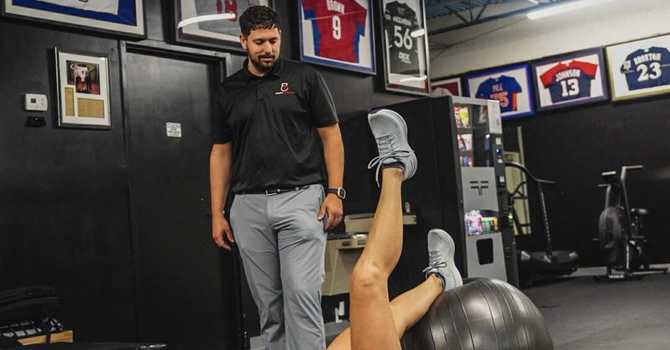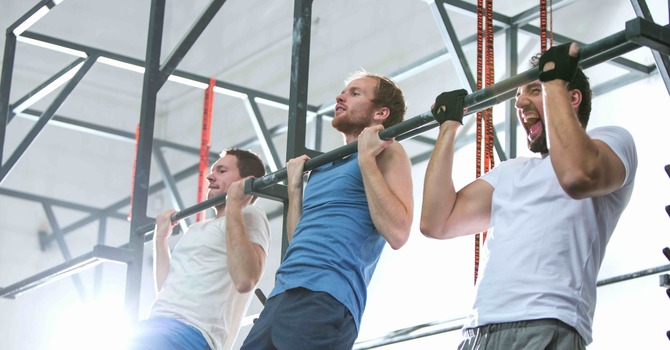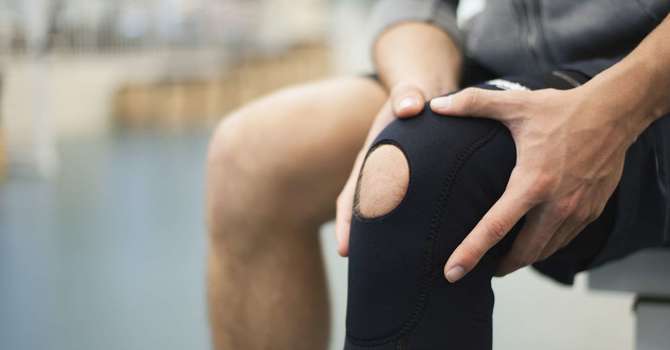
If you have neck pain and live in Tampa or St. Pete area, don't just google neck pain and think you're going to figure it out. It's not that simple and can be a little more complex than lower back pain. We're going to talk about typical areas of neck pain, the causes of neck pain, and how to help it, but before we get into that, don't forget to check out Strength & Spine's Instagram page for exercises and stretches to help!
Mechanical neck pain origin occurs when the joint between two bones has been placed in a position that overstretches the surrounding ligaments and soft tissues. This is true for mechanical pain in any joint of the body, including the spine. To help understand mechanical pain, try this little experiment. Take your index finger and pull it back moderately. Now, note how it feels stretched but doesn't hurt. But if you kept it there for a few hours, it would start hurting right? Exactly. The pain will develop over time due to the excessive load applied to the tissues. In addition, if you keep it there long enough, the pain will somewhat still be there even if you get out of the position or go into a new position. This is mechanical neck pain.
Common causes of mechanical neck pain include postural stresses such as how we sit and sleep, holding awkward or not ideal head positions at work such as looking down as a dental hygenist or looking up as a mechanic, and it can even be caused by a traumatic incident such as an accident or slip and fall.
The joints and ligaments of the neck become affected in these situations due to repetitive and excessive loads being applied to tissues whose capacities cannot handle the applied load/demand. So there are two major things to do when the load is greater than the capacity and tissues become painful. 1. Take away the excessive load or 2. Increase the capacity of the tissue through exercise. #1 seems like the easiest option, but it's a lot more challenging to change your posture consistently every day than to do a few exercises.
Addressing postural dysfunction can be time-consuming and is different for everyone, so we will not focus on that. We will focus on the ideal exercises to perform to help with mechanical neck pain and how some simple repetitive end-range loading can help your pain and range of motion.
The easiest, best, and most common exercise for neck pain is McKenzie Chin Retractions. Cervical retractions are essentially you doing your best to muster up the best double chin you can. If you can't picture that, think of when someone says something weird or crazy and you bring your face backward. The goal here is to come straight back and not tuck the neck or chin down. Your eyes should be forward and you should be feeling tension in the front of the neck. By performing this, you are repetitively loading the tissues, but also slightly decompressing the cervical spine and increasing fluid dynamics in the joint (aka pumping fluid in and out). This is the most basic and simplest repetitive exercise to perform and it can be done anywhere! We recommend 1 set of 15 every hour to those who have moderate neck pain.
This is one of those exercises where you have to perform consistently to notice a moderate benefit. You cannot perform 1 and then be upset you did not become pain-free. The repetitive end-range loading stresses and strengthens the structures of the neck and allows for tissue remodeling to occur. For chronic injuries, this can take moderate time, but those with acute pain should notice a pretty quick difference.
This is almost always our #1 exercise selection for mechanical neck pain and something in combination with all the other treatment options we provide and exercises recommend that help our patients get fast and effective results!
If you're experiencing neck pain in the Tampa and St. Pete area and want to learn how to manage your neck pain effectively, go to strengthchiro.com and schedule your FREE Discovery visit or your New Patient appointment!
-Dr. Cameron Gholampour, DC, MS, CCSP, CSCS
International Certified Sports Chiropractor
Strength & Spine Chiropractic



